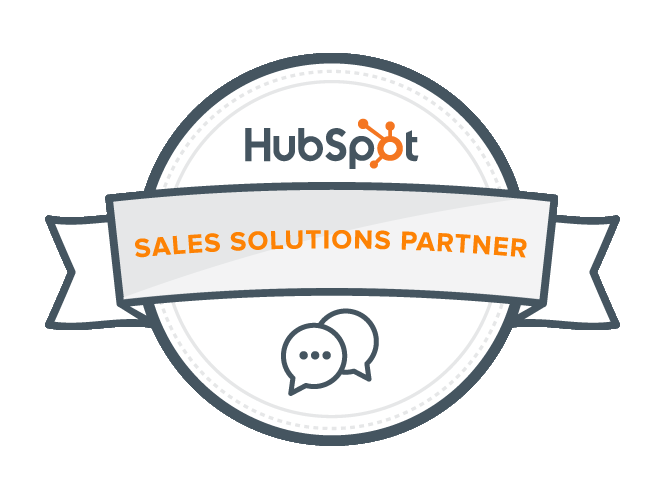Make Your Social Media Posts More Persuasive With These 5 Writing Formulas
These 5 Formulas Are Guaranteed To Improve Your Copy And Increase Your Writing Efficiency.
Before After Bridge
The FIRST marketing formula to help make your message more persuasive is…
The Before After Bridge Writing Formula
Let’s review the basics of the BAB Formula: Before-After-Bridge
(BAB)
Before-Your current world….(A problem exist)
After- Imagine what it’d be like if my problem is solved…(A world where my problem doesn’t exist)
Bridge- Here’s how to get there….(solved the problem!)
A great example is Walmart Pick Up/Delivery
Before-You are living in a world where you are spending hours at the grocery store finding each item you need and waiting in line.
After- I spend less than 15 minutes creating my shopping list and scheduling a time.
Bridge- Problem solved with Walmart Pick-Up orders-download the Application and start shopping from your couch!
Problem Agitate Solve
The SECOND writing formula to help shape your message is…
The Problem Agitate Solve Writing Formula
Identify a
Problem. If readers are not sticking around that means they do not see value in your message. Give them a reason to stay! Ask the following questions about your readers: How do they describe their problems? What words do they use?
Now that you identified the Problem we want to Agitate. You are now moving from just explaining to identifying how it feels to experience pain and where that pain comes from.
The final stage, Solve the problem. You have introduced them to a problem, you have agitated their pain, and now you are going to solve their problem with your product or service.
Example of a cloud security company:
It is hurricane season and a storm took out the power lines around your office (Problem). You have deadlines to meet and your customers trust you to take care of them, come rain or shine (Agitate). Don’t worry, you have cloud security. When your data is safe in our secure cloud, you can access it any time, from anywhere and your business will stay open even while the storm rages outside (Solution).
Feature Advantages Benefits
The Third writing formula to help construct your message is…
The Features Advantages Benefits Writing Formula
Feature (or intro) – Start by calling out the specific feature of your product. What’s the feature here? Examples: It’s “our most popular design.”
Advantages – List out the advantages and why it works better than any other company. The thing that separates it from other companies.
Benefits – List out the reader-focused benefits and make them concrete.
FAB reminds us to always focus on the customer. Our customers aren’t interested in features, and they aren’t interested in specifications, they don’t even care about advantages. All they want to know is what you offer to them. How do you make them happier? How do you change their life?
Let's take a look at some examples:
LG Electronics Refrigerator does a great job using FAB with these advertisement features:
- Bringing innovation and distinctive design together, LGs new refrigerator with InstaView Door-in-Door will enhance even the most beautifully crafted kitchen (feature). The sleek tinted glass panel illuminates with two quick knocks, allowing you to see inside the easy access compartment without ever opening the door (advantage), reducing cold air loss to help keep food fresher longer (benefit).
- Wi-Fi enabled (feature). Works with the LG SmartThinQ app to control key features and get important notifications from any-where (advantage). It even works with the Google Assistant and Amazon Alexa, so you can operate smart features with your voice (benefit).
- From pitchers to pint glasses, finally there’s an ice and water dispenser that can handle just about any container you want to fill (feature). Featuring a sleek new design, the dispenser is one of the tallest around, measuring in at an ultra-accommodating 12.6 in. (advantage) Also features LG's new pharmaceutical water filter, NSF certified to reduce more contaminants than our previous filters, for freshness you can taste (benefit).
Follow a 3 step process to start creating the FAB formula:
- Compile a list of your product features. Walk away and come back a bit later!
- Review your feature list and then write in one or two advantages of each.
- Now it is time to think like the customer! Put yourself in your customers “shoes,” now develop a benefit statement for each advantage. Within your statement be sure to dig deep, understand the pains and desires of your customers.
Attention Desire Action
The Forth writing formula to help you get past writer's block is…
The Attention Interest Desire Action Writing Formula
A: Attention
I: Interest
D: Desire
A: Action
Attention: This is your time to get your customer’s attention, perhaps ask a relevant question.
Example: Do you workout?
Interest: This is the time to tell your customer’s interesting facts and information.
Example: You’re 80% more likely to workout if you plan the night before and schedule your day.
Desire: This is the time to make the customer desire and want your product/services. Show how their life can be better, why they can’t live without!
Example: Steven lost 10 lbs by installing the Beachbody App, you can get similar results within 21 days!
Action: This is the time to tell your customer’s what to do next. Give them a single Call to Action.
Example: If you join the Premium Membership you will get unlimited access to all of their training and nutrition programs!
A few writing tips for AIDA:
- Write directly to your target audience.
- Using styling elements (emojis, bold, underlined words, CAPs)
- Master the Headline. Speak to your buyer and offer a solution to their problems. Consider using the site https://coschedule.com/headline-analyzer/80597 to test your headlines.
The AIDA formula is driven by leading your customer through a logical process. Get them interested, hook them with all of their desire and then close the deal!
Promise Picture Proof Push
The Fifth writing formula we want to share is…
The Promise Picture Proof Push Writing Formula
P-Promise
P-Picture
P-Proof
P-Push
Promise
The promise you make is designed to catch your lead's attention. That beneficial promise is made with the headline and carried over into your opening.
This promise is “what’s in it for them.” Yes you want their attention, but the promise is the only reason the reader is willing to give it to you.
Picture
You’re going to take that promise and now use vibrant descriptive language to paint a picture for your leads.
One way to do this is to get the reader to imagine themselves enjoying the benefit or desired outcome of your product or service. Then you get very specific about how your proposed solution or idea makes that benefit happen.
The Picture phase suggests using storytelling and vivid descriptive imagery as a way to hold the reader’s emotional interest while you nudge them down the path to acceptance. It also keeps you focused on communicating the benefits associated with the features or facts that you need to get across.
Proof
This section requires you to support the logical mindset of your leads. Include: statistics, studies, graphs, charts, testimonials, a demonstration that the features of your product deliver the benefits you’ve promised. Use facts to support the emotional trigger that you earlier used to create a picture.
Push
Call To Action Time.
Consider a promotion or offer and then ask for the purchase.
Persuasive writing begins with the ending in mind, imagine the outcome.
What do you want the reader to do?
During the push stage you’re tying the promise and the picture to acceptance and specific actions. Remember, understanding leads to acceptance! Acceptance leads to sales!
Marketing Takeaway: Improve Your Copy And Increase Your Writing Efficiency by using our top 5 formulas.
Interested in additional writing formulas?
Visit: https://buffer.com/resources/copywriting-formulas/
Contact us and we can assist with your writing formula! 👇🏼







